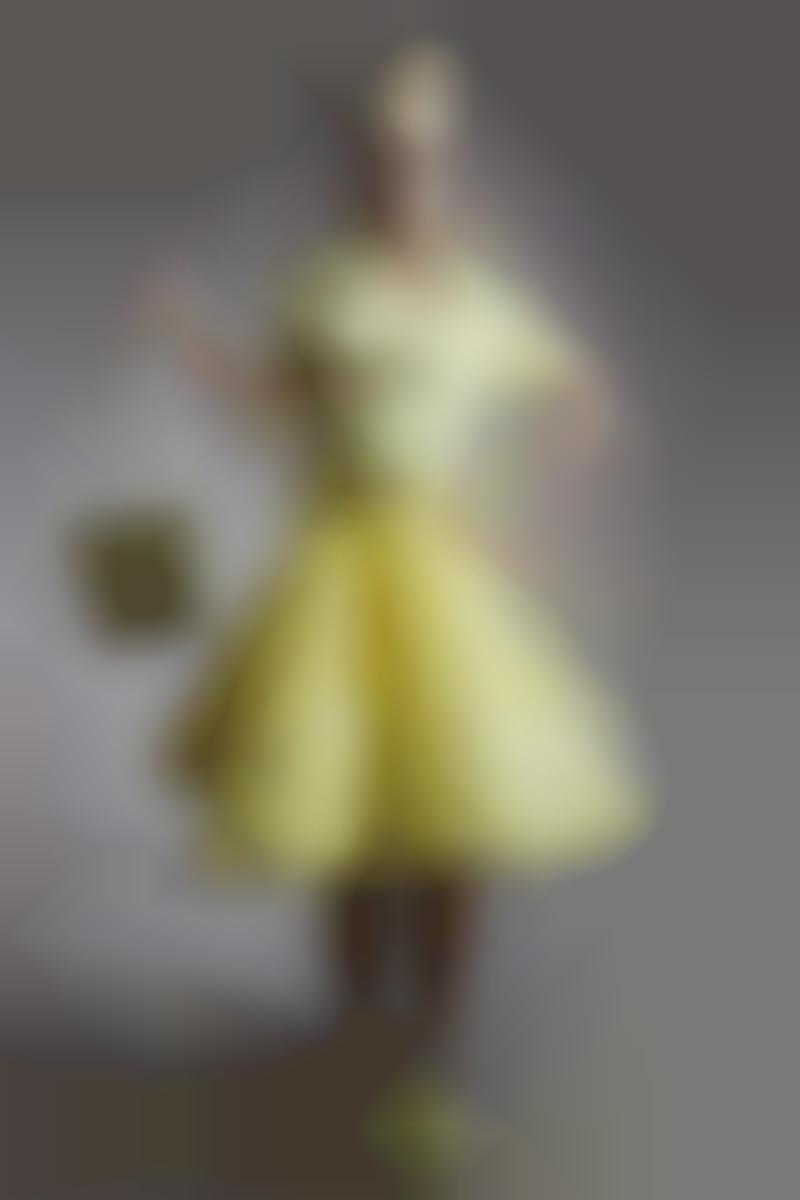
How do you think WWD set itself apart from similar fashion publications? Every generation was trying to say something. Think about the youthquake of the ’60s, the Black Panther uniforms of ’70s. Denim and other fashions reflected America’s drive to form its own cultural zeitgeist. You are instantly transported to that moment in time.Īnd New York-America, really-evolved differently from the European capitals its fashions were more democratic. I mean, just think about denim-consider the effect of that photo of James Dean in jeans and a white tee. This is about creating a context: what was happening in that moment, disguised in what New Yorkers were wearing. I’ve focused on the people, places, and things that made it a global fashion city, but also made it unlike any other fashion city. This show will specifically focus on the story of fashion in New York City.Īnd how did you settle on a story to tell about New York? It captures the history of fashion, which spans designers, runways, celebrities, music, art-no part of our culture is untouched. It celebrates its 112th anniversary this year.

Really, this is a well-deserved moment for Fairchild, who has been there to capture what, exactly, fashion has been saying over the course of decades. And so, I use my background in fashion history to bring a storytelling element to how I look at the Fairchild archive, which is just an incredible amount of information. I came to PMC as a visual culture historian. My work here revolves around the archival content for all Fairchild brands. A condensed version of the conversation follows below.Ĭan you talk a little about your role as an archivist? To learn more about the show, ARTnews chatted via phone with its curator, the visual culture historian, archivist, and design educator Tonya Blazio-Licorish. It should offer some insight into how the personal and the political intersect on our garments. The Fairchild Museum’s New York–specific focus is a nice deviation. And the Costume Institute’s last big outing also centered American fashion, though with a greater emphasis on its relations to European haute couture. Right now, a survey of the work of late artist and designer Virgil Abloh is on at the Brooklyn Museum. Possibly owing to the enduring popularity of the Metropolitan Museum of Art’s Costume Institute, clothing has entered the art institution-not always a seamless process-where its historical weight is given consideration. “A Matter of Style” comes during a fruitful time for fashion exhibitions.


“Style is a language and reflects history just like any other sort of visual medium,” writer and image activist Michaela Angela Davis once told WWD. Epochs in American history unfold in front of the photographer’s lens: the stiff skirts synonymous with the nuclear family the beaded, fringed height of the hippies and the dapper power uniform of the Black Panther era. Downtown luminaries like Andy Warhol and Patti Smith appeared in its pages. There’s Jackie Kennedy, slipping out of her regular lunch spot La Grenouille. It includes candids of quintessential New York personalities alongside images of ordinary people whose daily dramas unfold outside the spotlight. Valentino Chooses Venice for Couture Collaboration with Artistsįairchild, founded by John Fairchild in 1910, owns one of the most significant fashion photography archives in media. Louis Vuitton Announces Collaboration with Artist Yayoi Kusama


 0 kommentar(er)
0 kommentar(er)
